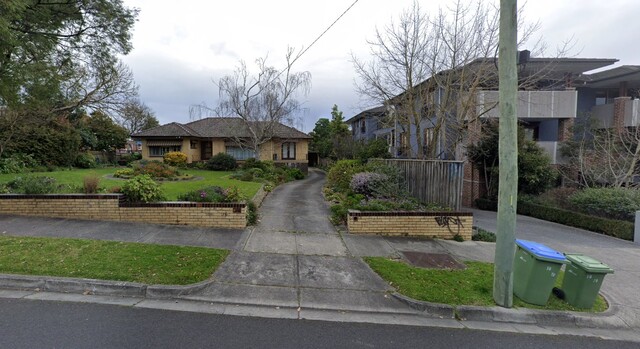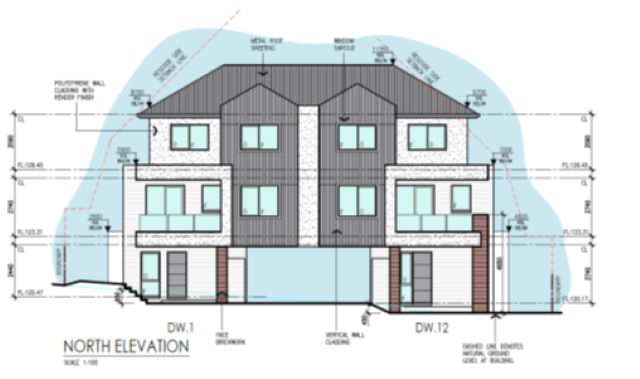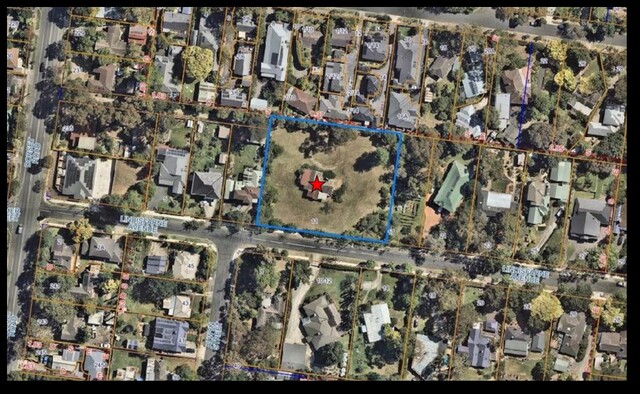
By Mikayla van Loon
Two separate Croydon developments had decisions made about their future at the Victorian Civil and Administrative Tribunal (VCAT) at the end of last month.
A proposal for a 12 multi-level dwelling development at 76 Hewish Road was denied by VCAT member Peter Gaschk, while a four-lot subdivision, with amended plans, was approved for 11 Lindisfarne Avenue.
The Hewish Road application to Maroondah Council was refused based on its failure “to meet the strategic direction for intensity and type of development that is envisaged for the Croydon Major Activity Centre”.
The council claimed the “proposal is an under development” and it “does not provide a high quality infill apartment development”, as well as lacked desired internal amenity outcomes and vegetation standards.
The mostly three-storey dwellings, bar one double-storey, would have a site coverage of 59.7 per cent with a permeability area of 31.3 per cent and garden area of 31.2 per cent.
Apex Town Planning, the applicant, said the apartment style living “provides appropriate housing opportunities and diversity within a preferred development location”.
But member Gaschk said upon review of the planning schemes, the overlays and the policies, he agreed with the council’s refusal.
“Combined with significant design shortcomings, I also find the proposal is an under development of the review site and fails to satisfy the zone and overlay purposes and associated policy that seek to increase the density and diversity of residential development to support the ongoing growth of the Croydon Major Activity Centre (‘CMAC’),” he said.
As the site falls within a general residential zone, the purpose of development would be to offer a diverse range of housing with access to services and transport.
Despite this, member Gaschk said it also must adhere to Maroondah Council’s landscape character objectives, as written in the ‘statement of nature and key elements of landscape’.
“The combination of canopy trees and steep to undulating topography contribute to major elements of the urban character of Maroondah. Canopy trees in particular soften the impact of buildings in the environment and provide a distinct leafy character to Maroondah,” the statement reads.
“The continuous nature of the canopy vegetation throughout Maroondah provides a strong character element and is valued by the community. The canopy vegetation is a defining element of the urban character of Maroondah.”
The applicant rebutted stating that given the site does not fall within a resident growth zone, meaning it does not need to adhere to higher density. The applicant also cited several similar developments which had been approved by the council.
Member Gaschk outlined that while he approved of the built form and streetscape design, he did not believe the design “achieved an appropriate layout, siting and amenity setting”.
“The proposed design has opted to use a three storey building form that has not fully capitalised on [the] physical settings,” he said in his findings.
“Additionally, the design has not provided any dwelling variation in this built form, opting to provide 12 x 2 bedroom dwellings (noting Dwelling 7 is double storey).”
Refusing the granting of the permit, member Gaschk said he did not believe the “shortcomings” could “be addressed through minor design changes”.
“I note the applicant also considers many of these matters could be addressed through conditions on a permit,” he said.
“While I agree that some of these matters could be addressed through permit conditions, I find other matters will require further re-assessment should the applicant lodge a redesign for the proposal.”
Just a few streets away in Lindisfarne Avenue, the Maroondah Council decision to refuse the permit was overturned by VCAT member Cassandra Rea.
The four lot subdivision, where three new dwellings were proposed, with the existing dwelling remaining, was initially refused based on “matters of neighbourhood character, including landscape character and contextual response”.
Six objectors also opposed the subdivision based on “impact on neighbourhood character and loss of landscaping”.
The applicant, Millar Merrigan, submitted amended plans which formed the basis of member Rea’s decision.
The Lindisfarne Avenue site sits within a neighbourhood residential zone and has the significant landscape overlay applied.
Member Rea also cited the importance of canopy trees to the Maroondah landscape character, with the overlay said to “conserve the existing pattern of vegetation, landscape quality and ecosystems within the area” and to “maintain a dense vegetation canopy”.
Falling into the neighbourhood character area of Ruskin Park, it seeks to provide low scale dwellings and established gardens, with street trees and appropriate setbacks.
Member Rea pointed to the fact that all parties involved understood that the site would eventually be developed but the question of density and impact to character had to be addressed.
“I find there is no reason from a strategic context that three additional residential lots cannot be accommodated on the site provided that the proposal will respect the existing neighbourhood character and achieve an appropriate landscape outcome,” she said.
Not satisfied with the proposed ratio of canopy trees, which was initially two per lot, to achieve the landscape overlay, member Rea said at least four trees capable of reaching mature height had to be planted on lots one to three, with an imposed a condition on the permit of an additional two trees for lot four.
“I do not consider the deficiencies in the proposal so great to warrant refusal of the application. Conversely, I do not consider that the proposal before me sufficiently addresses relevant matters of neighbourhood character or landscaping,” member Rea said.
Issuing the permit, under the proviso of several conditions, the applicant must submit the new design to Maroondah Council for approval.








